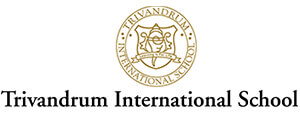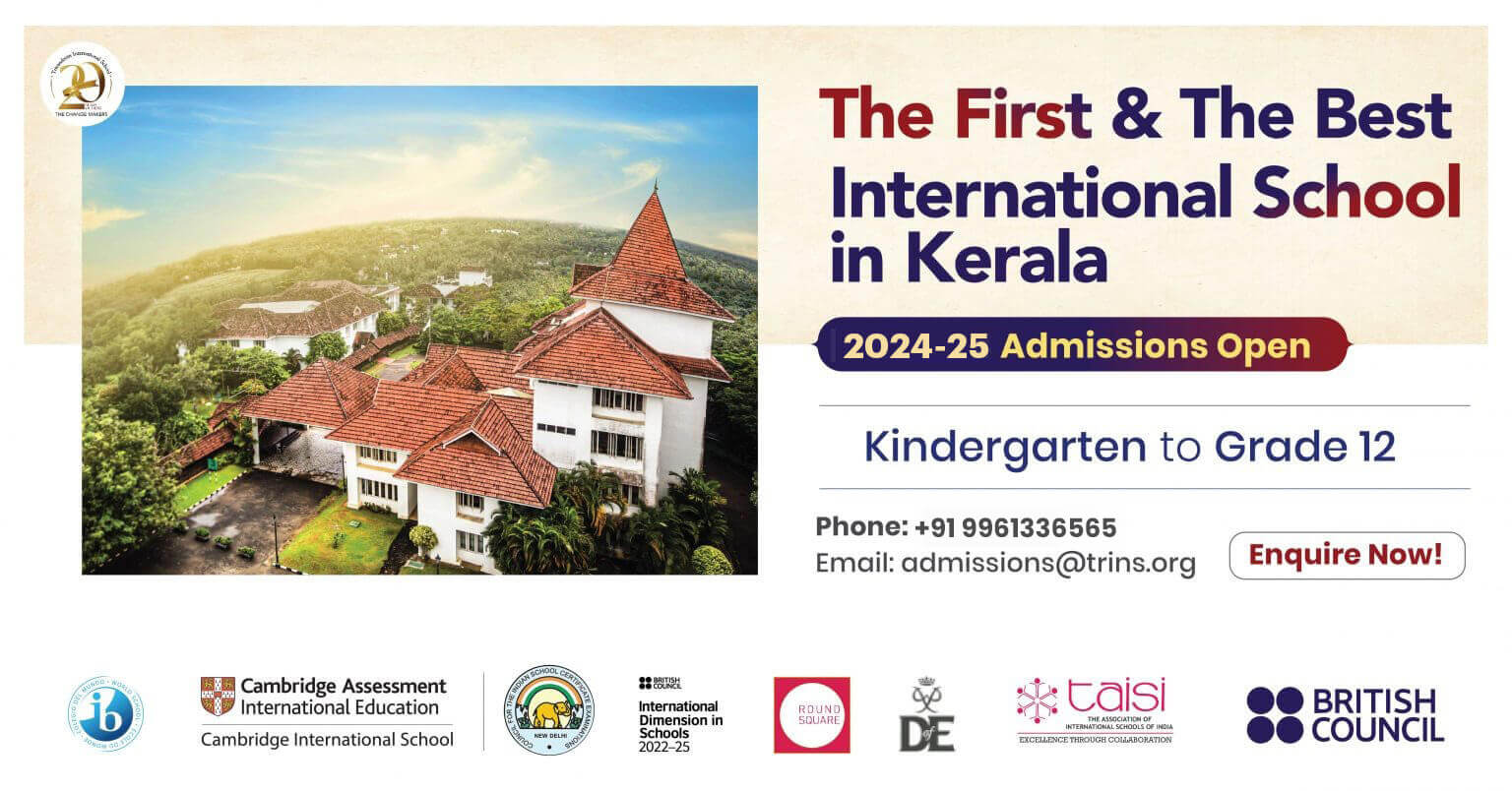The International Baccalaureate (IB) Primary Years Programme (PYP) has garnered significant attention and acclaim in the world of primary education. But the question arises, “Is the PYP really a good curriculum?” To answer this, we need to delve into various aspects of the PYP, weighing its advantages and potential drawbacks.
What is the PYP?
The PYP, designed for children aged 3 to 12, focuses on the holistic development of the child. It encompasses not just academic growth but also emotional, social, and physical well-being.
Key Features of the PYP
- Inquiry-based Learning: At the heart of the PYP is inquiry-based learning, which encourages children to be active, curious learners who ask questions and explore.
- Transdisciplinary Framework: The curriculum integrates various subject areas into thematic units, promoting a broader understanding of concepts.
- Learner Profile Attributes: It emphasizes attributes like being knowledgeable, thinkers, communicators, principled, and open-minded.
Advantages of the PYP
- Holistic Development: PYP is not just about academics. It nurtures all aspects of a child’s development, making it well-rounded.
- Development of Critical Thinking Skills: Inquiry-based learning fosters critical thinking and problem-solving skills, which are essential in today’s world.
- Cultural Sensitivity and Global Awareness: With its international focus, the PYP encourages awareness and appreciation of different cultures and global issues.
- Flexibility in Curriculum: Schools have the flexibility to tailor the PYP according to their local context while adhering to the global standards of the IB.
- Encouragement of Lifelong Learning: The PYP instills a love for learning, encouraging students to remain curious and engaged throughout their lives.
Potential Limitations
- Resource Intensity: Implementing the PYP can be resource-intensive, requiring trained teachers, appropriate materials, and ongoing professional development.
- Assessment Challenges: Traditional assessment methods might not effectively measure the broad skill set the PYP aims to develop.
- Adaptation Issues: In some cases, transitioning from the PYP to non-IB secondary education programs can be challenging for students.
How Does the PYP Compare with Other Curriculums?
While traditional curriculums focus more on rote learning and academic achievements, the PYP’s emphasis is on developing inquiring, knowledgeable, and caring young individuals. This difference in approach is fundamental in shaping the kind of learning environment and experiences students have.
Parental and Teacher Perspectives
- Parental Views: Many parents appreciate the PYP for its holistic approach and the independence it fosters in children. However, some express concerns about the less structured approach to traditional academic subjects.
- Teacher Insights: Teachers often find the PYP rewarding yet challenging, as it requires continuous learning and adaptability. The emphasis on professional development is both a strength and a demand of the program.
Is the PYP the Right Choice?
The PYP is undoubtedly a progressive and comprehensive curriculum, designed to meet the needs of modern education. Its strengths lie in its holistic approach, flexibility, and focus on developing critical life skills. However, its effectiveness also depends on how well it is implemented and whether it aligns with the individual needs of students.
Ultimately, whether the PYP is a good curriculum depends on the context of the school, the readiness of educators and parents to embrace its approach, and the needs of the students. As with any educational program, the PYP has its unique set of challenges and advantages that should be considered in making an informed decision about a child’s education.




